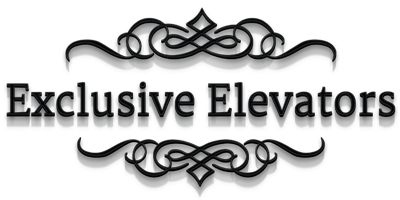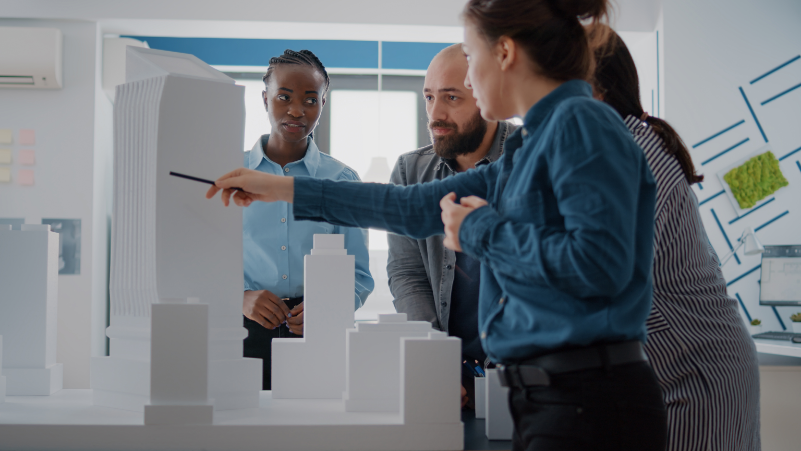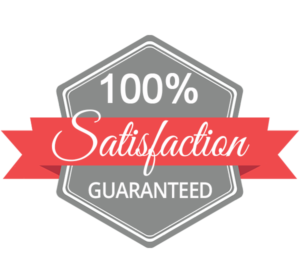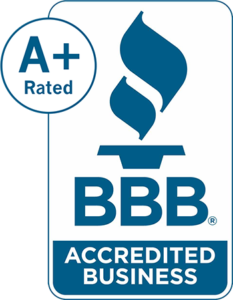Elevators are not just functional additions to a home; they can also enhance its aesthetic appeal and blend seamlessly with the overall design. Customizing your elevator design to match your home’s style and décor creates a cohesive and visually pleasing environment. Let’s explore the various ways you can customize your elevator design to complement your home.
Architectural Integration
One of the key aspects of customizing your elevator is ensuring it integrates well with the architectural style of your home. Whether your home features a modern, contemporary, traditional, or eclectic design, the elevator design should harmonize with existing elements such as materials, colors, and finishes.
Material Selection
Choose materials for your elevator interior and exterior that align with your home’s aesthetic. Options range from sleek stainless steel and glass for a modern look to rich woods and ornate metalwork for a classic or luxurious feel. Consider how these materials will complement other features in your home, such as flooring, cabinetry, and lighting fixtures.
Color Coordination
Coordinate the color scheme of your elevator with the overall color palette of your home. Opt for colors that create a cohesive flow throughout the space. You can choose neutral tones for a timeless look or incorporate accent colors to add personality and visual interest.
Lighting Design
Lighting plays a crucial role in elevating the ambiance of your elevator. Consider different lighting options such as LED strip lights, recessed lighting, or decorative fixtures. Lighting can highlight architectural features, accentuate materials, and create a welcoming atmosphere.
Cabin Configuration
Customize the layout and configuration of your elevator cabin to suit your specific needs and preferences. Choose between a standard single-entry cabin or a through-cab design with multiple entry points. Select the size, shape, and arrangement of panels, controls, and seating options based on functionality and style.
Door Styles
Elevator doors offer an opportunity to enhance the design aesthetic. Choose from a variety of door styles such as swing doors, sliding doors, or accordion doors. Consider decorative elements like panels, glass inserts, or custom finishes to complement your home’s architecture.
Branding and Personalization
Add personal touches and branding elements to your elevator design. Incorporate custom logos, monograms, or artwork on cabin walls, doors, or control panels. Personalization creates a unique and memorable experience for residents and visitors alike.
Technology Integration
Integrate advanced technology features into your elevator design for added convenience and functionality. This can include touchscreen controls, smart home integration, voice commands, and security systems. Ensure that technological elements blend seamlessly with the overall design aesthetic.
Accessibility Considerations
If your elevator serves residents with mobility challenges or disabilities, prioritize accessibility features in your customization. This may include spacious cabin dimensions, tactile controls, grab bars, and audible signals. Accessibility can be seamlessly integrated into the design without compromising on style.
Maintenance and Durability
Lastly, consider the maintenance requirements and durability of your custom elevator design. Choose materials and finishes that are easy to clean, resistant to wear and tear, and compatible with long-term maintenance plans. Regular maintenance ensures your elevator remains in optimal condition for years to come.
By customizing your elevator design to match your home, you can create a cohesive and visually appealing space that enhances both functionality and aesthetics. Collaborate with experienced elevator designers and contractors to bring your vision to life and enjoy a customized elevator that complements your home’s unique style.
Exclusive Elevator can help you find the one that’s right for your needs. Contact us.






Leave A Comment